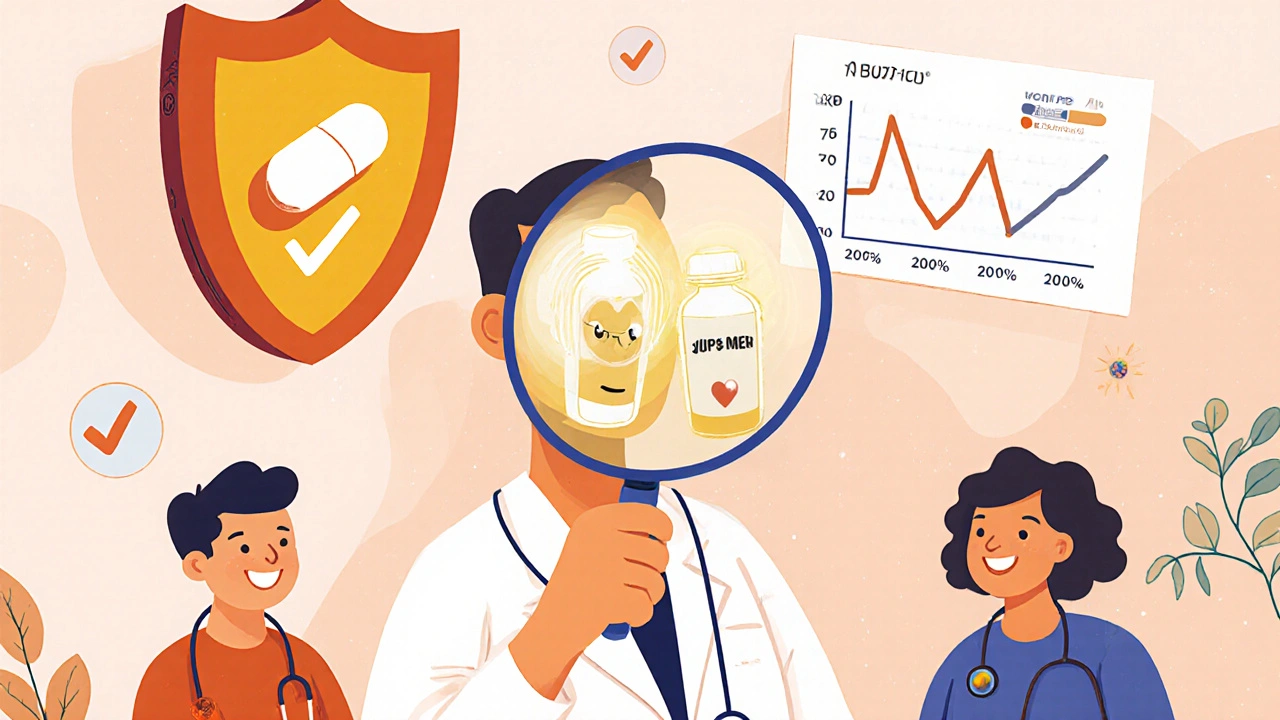Generic Equivalence: What Makes One Drug the Same as Another
When you hear generic equivalence, the legal and scientific standard that says a generic drug performs the same as its brand-name version. Also known as bioequivalence, it’s the rule that lets pharmacies swap out expensive brand-name pills for cheaper copies without changing your outcome. But here’s the catch: just because a drug is labeled "generic" doesn’t mean it’s identical in every way you can feel. The FDA requires generics to deliver the same active ingredient, in the same strength, and to work the same way in your body—but that’s where the simplicity ends.
Behind the scenes, FDA approval, the process that certifies a generic drug meets strict quality and performance standards involves real-world testing. Manufacturers must prove their version releases the drug into your bloodstream at the same rate and to the same extent as the original. This is called bioequivalence, the measurable proof that two versions of a drug produce nearly identical blood levels. But even with that standard, differences in inactive ingredients—like fillers, dyes, or coatings—can affect how fast the pill dissolves or how your stomach reacts. Some people report feeling different on one generic versus another, even if both are approved. That’s not a flaw in the system—it’s human biology. Your body might respond to a slightly different release pattern, especially with narrow-therapeutic-index drugs like seizure meds or blood thinners.
What you’re really looking for isn’t just "generic"—it’s generic equivalence that works for you. That’s why the posts below dive into the real-world details: how patent games and pharmacy negotiations twist prices, why some generic manufacturers get prioritized by the FDA to fix shortages, and how cleanroom standards keep every pill safe. You’ll see how insurers and middlemen control what generics reach your shelf, and why a $5 version of your medication might not be the same as the $10 one. We’ve pulled together stories from people who switched generics and felt it, experts who track manufacturing changes, and data on how the system actually works—not how it’s supposed to. Whether you’re managing epilepsy, high blood pressure, or just trying to save money, this collection gives you the facts to ask the right questions and make smarter choices.
Medical Education on Generics: Do Doctors Learn Equivalence?
Despite generics making up 90% of prescriptions, many doctors lack training on bioequivalence. Learn why medical education fails to build trust in generic drugs - and what’s being done to fix it.
View More
